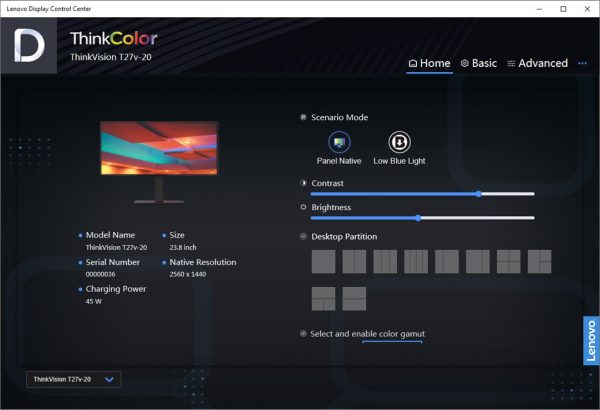

Set objEmail = CreateObject("CDO.Message") Sname=objWMIService.Get().properties_("name") Sext=objWMIService.get().properties_("extension") Set objLatestEvent = colMonitoredEvents.NextEvent
#MONITOR FOLDER FOR NEW FILES WINDOWS WINDOWS#
The PowerShell script provided above searches a folder on a Windows share for new objects and outputs the results to your console window. & "'Win32_Directory.Name=""c:\\\\Someplace\\\\Someplace else""'") To stay informed about new files in important folders, you can make a point of manually executing a simple PowerShell script on a regular basis to get all files created or modified after you last ran the script. LANGuardian is a popular tool because it is agentless and doesn’t affect network performance when it is used to monitor files (making the program ideal for managing multiple sites). & "Targetinstance ISA 'CIM_Director圜ontainsFile' and " _ LANGuardian is a file activity monitor that uses deep packet inspection to track user activity. ("SELECT * FROM _InstanceCreationEvent WITHIN 10 WHERE " _ Set colMonitoredEvents = objWMIService.ExecNotificationQuery _ Set objWMIService = GetObject("winmgmts:\\" & _ strComputer = "computer"ĭim objWMIService, strComputer, colMonitiredEvents, objLatestEvent, objEmail, colDataFila looks for new txt files then sends a mail. Kind of ghetto but itworked for me awhile back though it just shows as cscript.exe under processes. Thus, any object or event in ProcMon can be added to the filters, so that the minimum set of events that you need to analyze access to a file or registry are displayed in front of you.Old vbs. Click in the ProcMon window on the line with the WriteFile operation type, and add this event to the Include filter. If, during your current session, wherein you might open multiple windows of a particular application, open the first new window, restore down, move it to the other monitor and then close it. If you want ProcMon to save only the events that match your filters and drop all the others, enable the option Filter > Drop Filtered Events.įor example, you want to monitor only write events to a file. Use the Win+ right or left arrow key combination (or the Win-Shift+ right or left arrow) to move a window without dragging. To do this, select the File > Backing Files > Use File named, and specify the file name. You can configure ProcMon to store events not in virtual memory but in a file on disk. If ProcMon has been running for a long time, it may take up all the available RAM. Regardless of the filters configured, it stores all events in RAM (even if they are not displayed in the window). Running Process Monitor can negatively affect the performance of your computer. You can see above that I created a new file at 5:34 called New Text Document.txt and then renamed it to New File.txt. Now you can test it out by adding, renaming, and modifying files and folders. This means it is currently being monitored. Now, if any process running on Windows tries to read or write to a tracking file or registry key, you will see this event in Process Monitor. Once you have the folder added, you’ll see it in the top window with a green check mark. In this way, exclude any other trusted processes that are accessing your file or registry key. It means that the ProcMon log won’t display any activity from this process. This process will be added to the ProcMon filter with the Exclude value.
#MONITOR FOLDER FOR NEW FILES WINDOWS HOW TO#
To exclude the events of this process from the ProcMon log, right-click on the process name msmpeng.exe and select Exclude “….”. How to monitor file access using Directory Monitor: First, go to the Directory menu > Add option to select the drives or folders whose files you want to. The forwarder cannot monitor a file whose path exceeds 1024 characters (256 characters on Windows). If you need to read files while they are being written to, use the monitorNoHandle input. The inotify monitor, a Linux kernel subsystem that reports file system changes to applications (see The inotify Monitor). Windows can prevent a forwarder from reading open files. This is the core process of the antimalware detection engine in Windows Defender. How the forwarder monitors nonwritable Windows files. The list of events contains the system process msmpeng.exe (Antimalware Service Executable).


 0 kommentar(er)
0 kommentar(er)
